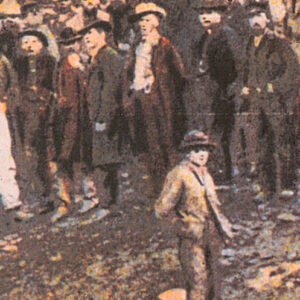In the 1970s, despite the growing media portrayal of SoHo as a playground for bourgeois bohemians, evenings were often anything but bustling.
 Post Mortem Lounge, 1974.
Post Mortem Lounge, 1974.
What filled the downtown void was culture—and the sense this cultural activity mattered. Even something as seemingly mundane as a public lecture could become heated. Artist and photographer Stephen Aiken recalled the German conceptual artist Joseph Beuys speaking in January 1974 to a packed auditorium of fellow artists at the West Village’s The New School.
Back in Germany, Beuys was alternately saluted as a provocative visionary and derided as an art-world huckster (and possibly a closet Nazi, to boot), with his shows drawing headlines, public demonstrations of support as well as of opposition, and invariably, police officers to control the noisy protests. This was Beuys’s first visit to the United States, but the contentious debate surrounding his work had preceded him. The resulting atmosphere at The New School was less like a pedagogical talk and more like a rock and roll show—one where the audience was on the verge of ripping out the seats and storming the stage.
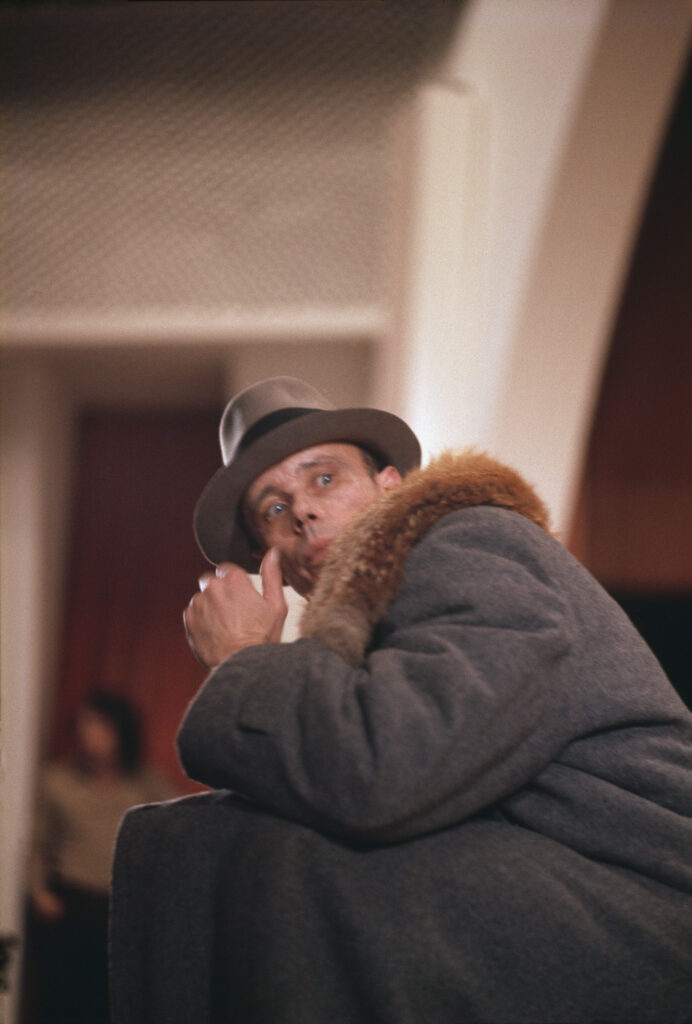 Joseph Beuys at The New School, 1974
Joseph Beuys at The New School, 1974
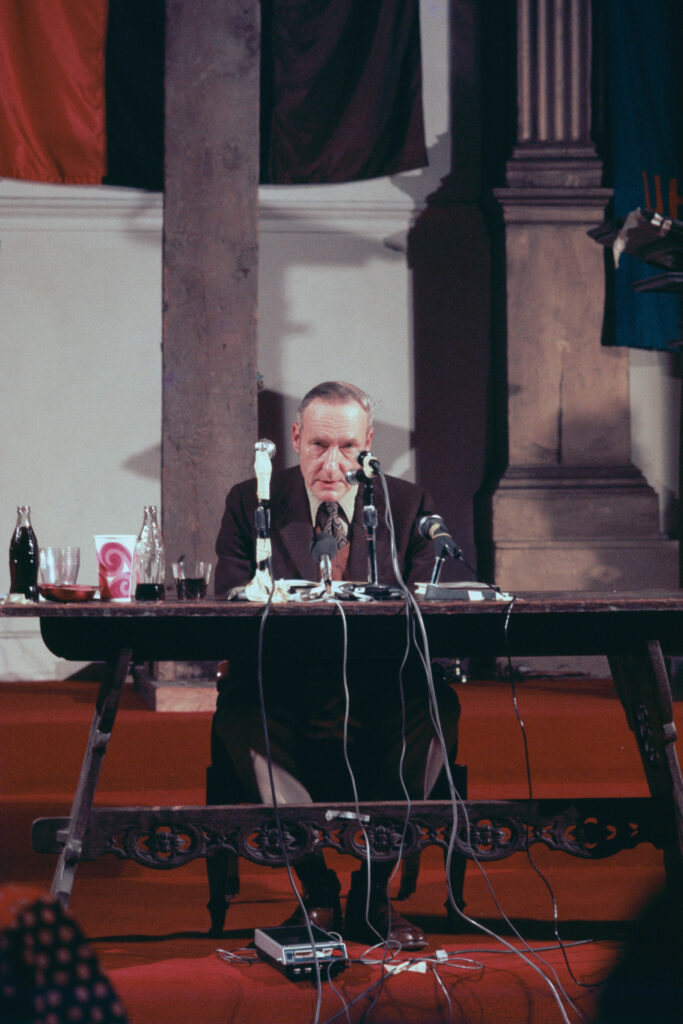 William Burroughs, St. Mark’s Church, 1974
William Burroughs, St. Mark’s Church, 1974
“The whole place felt explosive, like what you read about happening at a Stravinsky concert back in 1913,” Aiken recalled of the event, with audience members boisterously yelling back and forth at each other as Beuys ploughed ahead sharing his beliefs about the role of an artist in society. “Whether you agreed with what he was saying, whether you thought he was able to pull off his argument, even if you didn’t think it had any merit at all, it was truly an event! All the synapses in my mind were ticking. I didn’t have a philosophy background, so sometimes I was just trying to figure out what the hell these people were talking about!” And putting in the time to understand it all seemed not just worthwhile, but essential. After all, this was a conversation about art where the stakes seemed as weighty as life itself. “The art world was just so fucking cool at that time,” he added with a laugh.
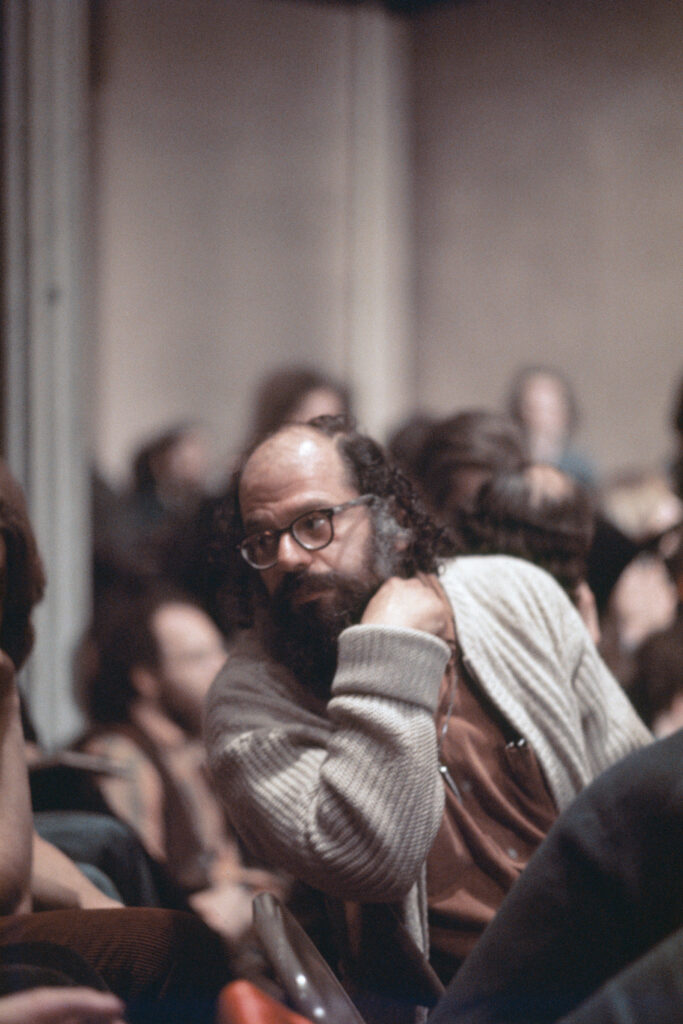 Allen Ginsburg, St. Mark’s Church, 1974
Allen Ginsburg, St. Mark’s Church, 1974
All images © Stephen Aiken.
__________________________________
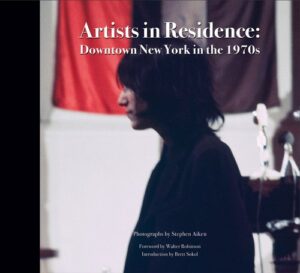
Excerpted from Artists in Residence: Downtown New York in the 1970s by Stephen Aiken, introduction by Brett Sokol, forward by Walter Robinson. Copyright © 2023. Reprinted with permission from Letter16 Press.


